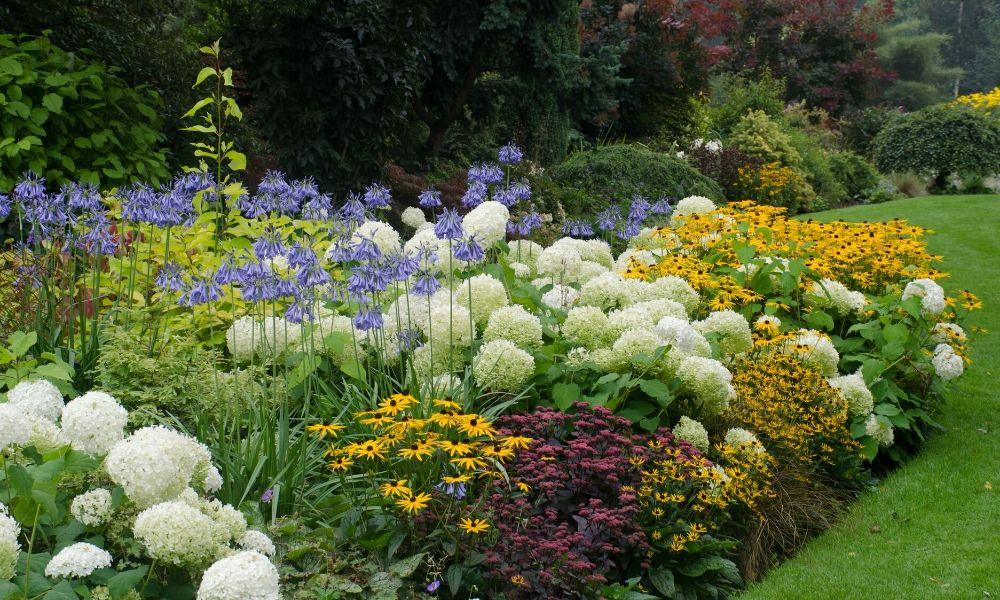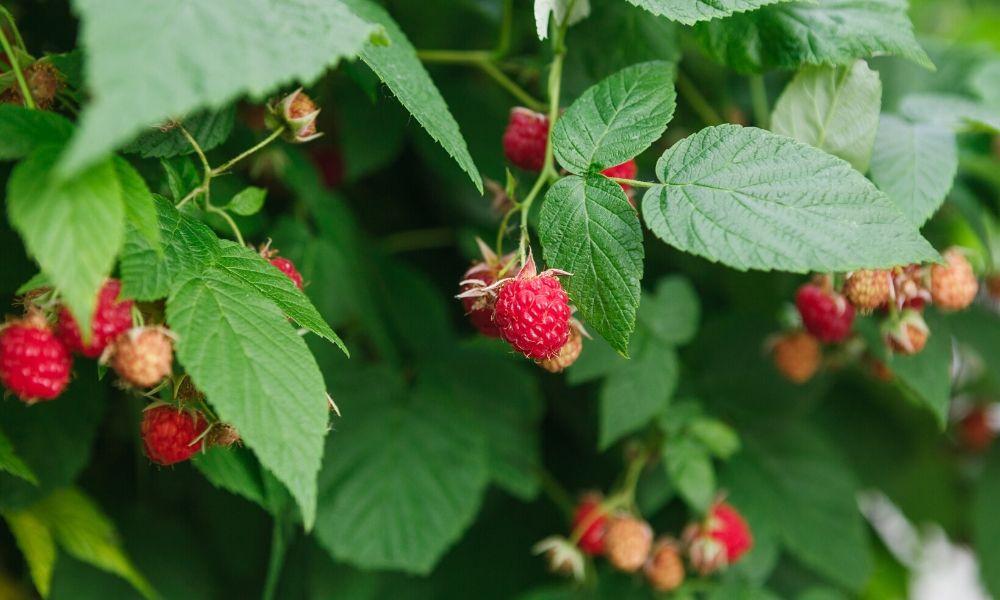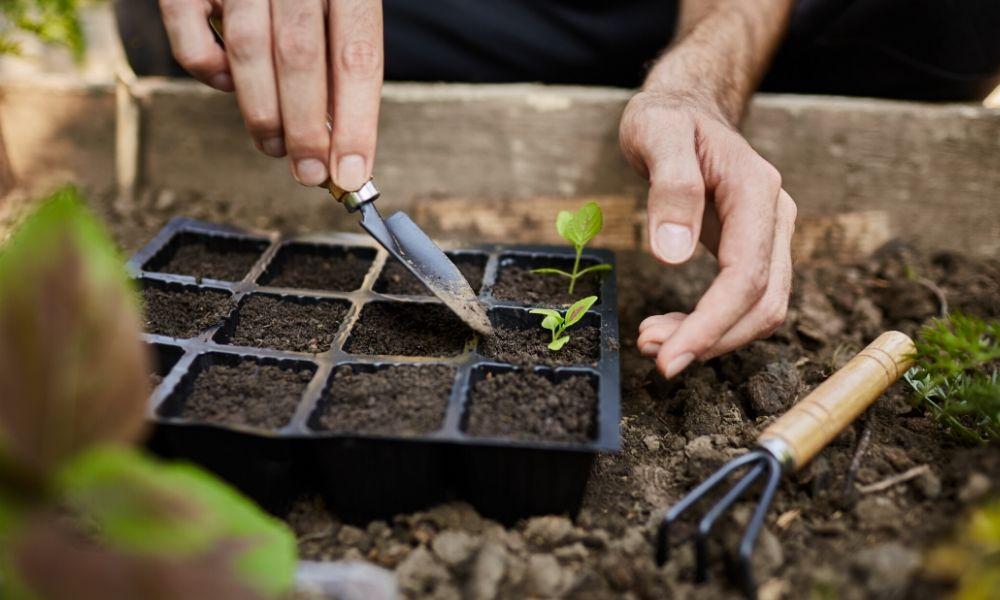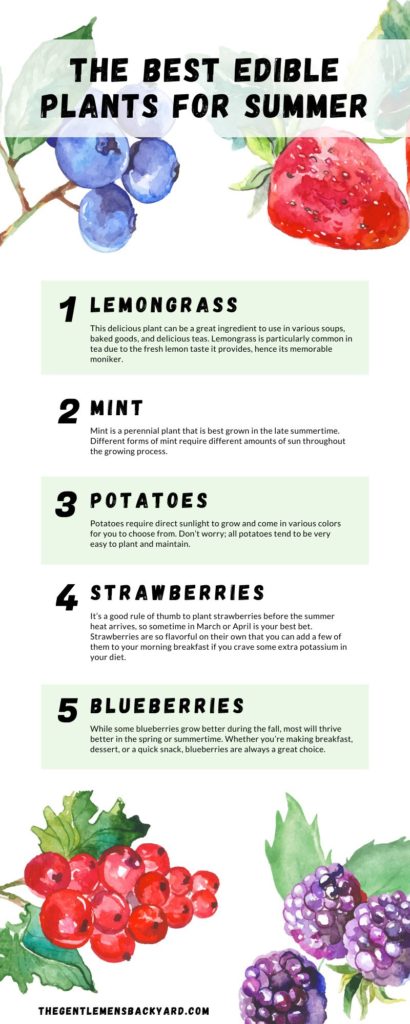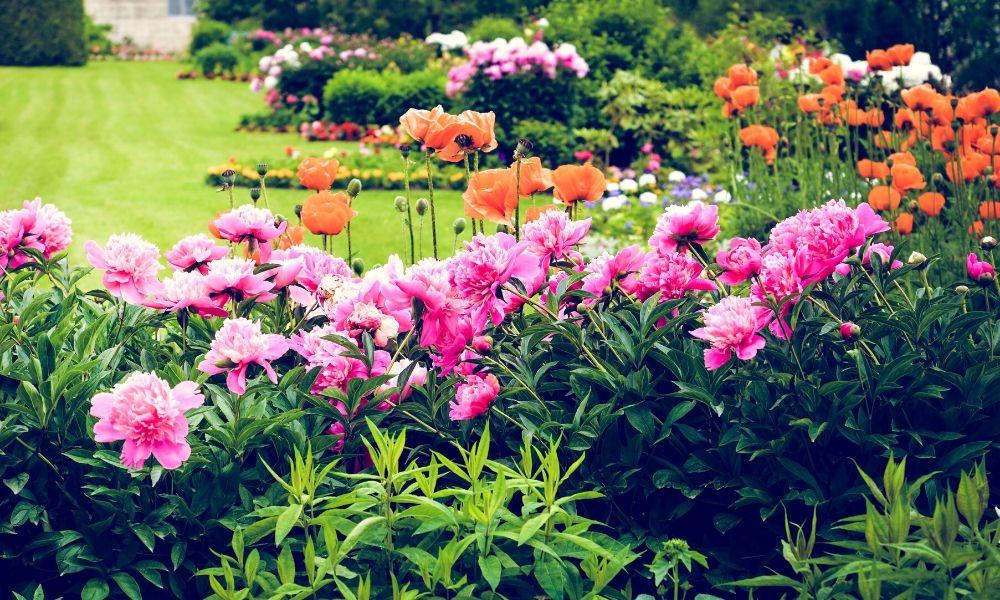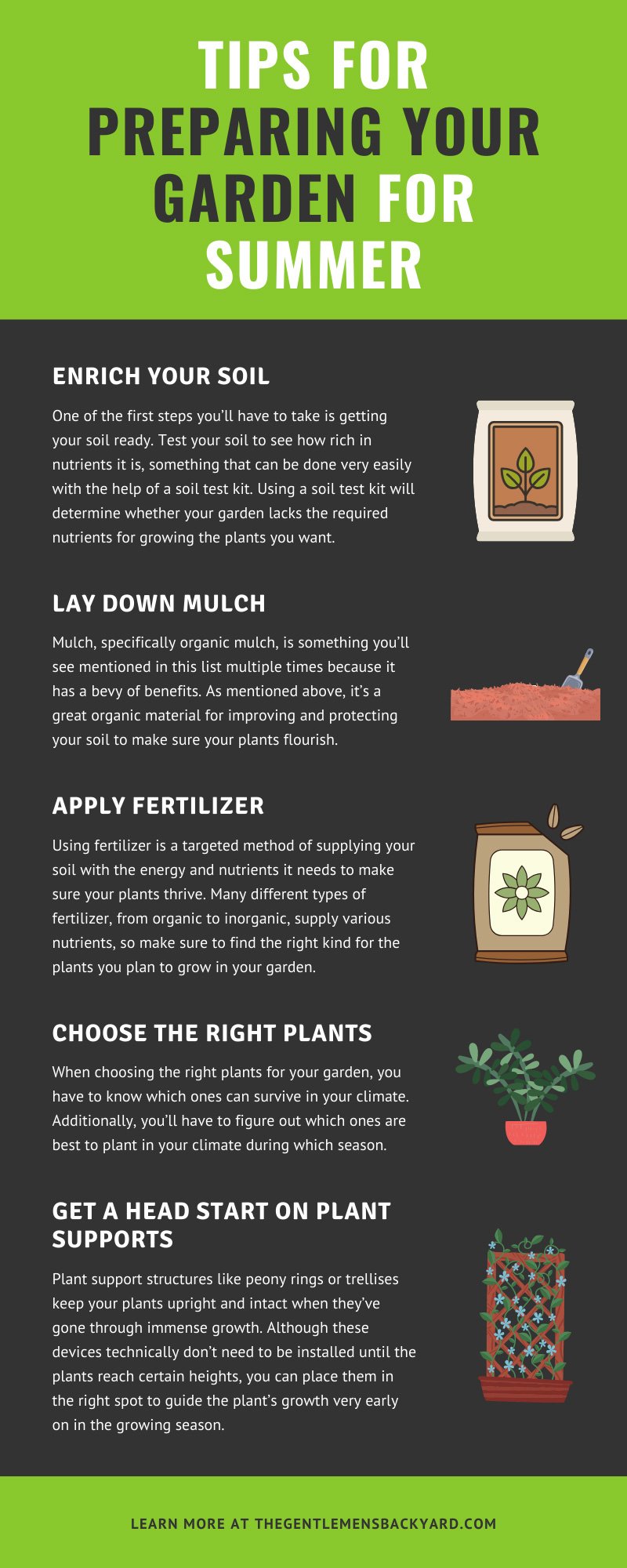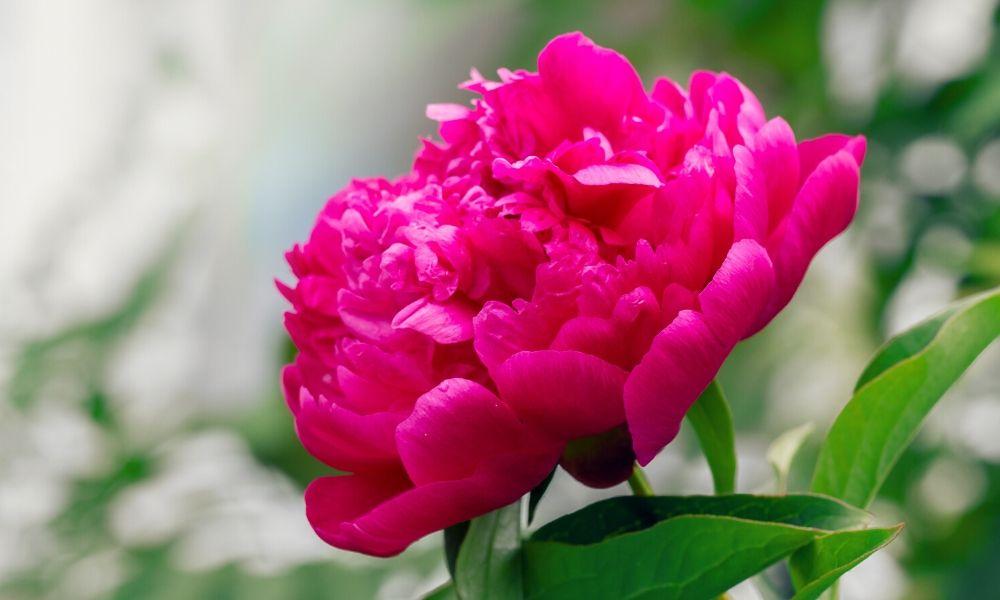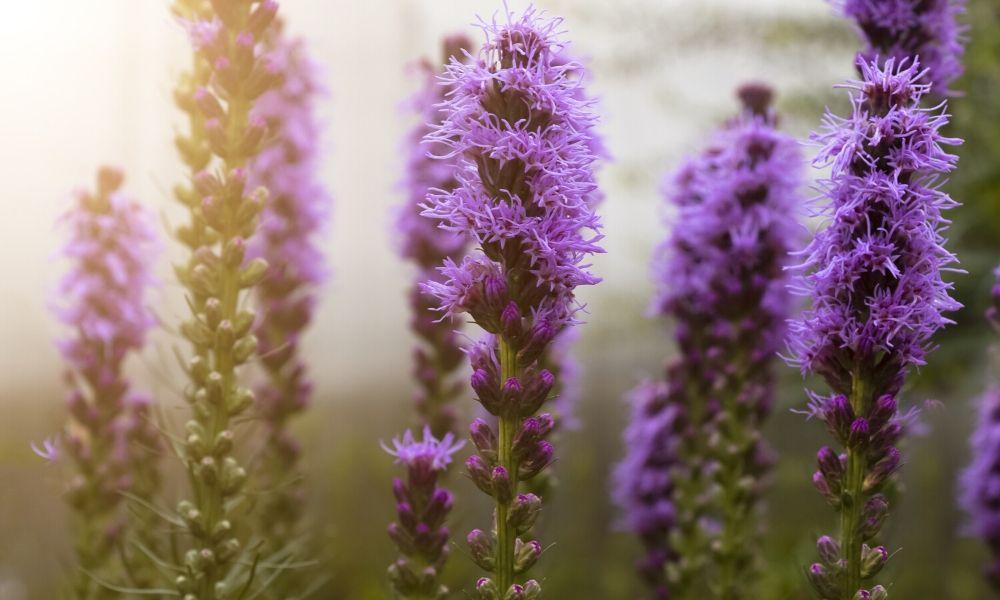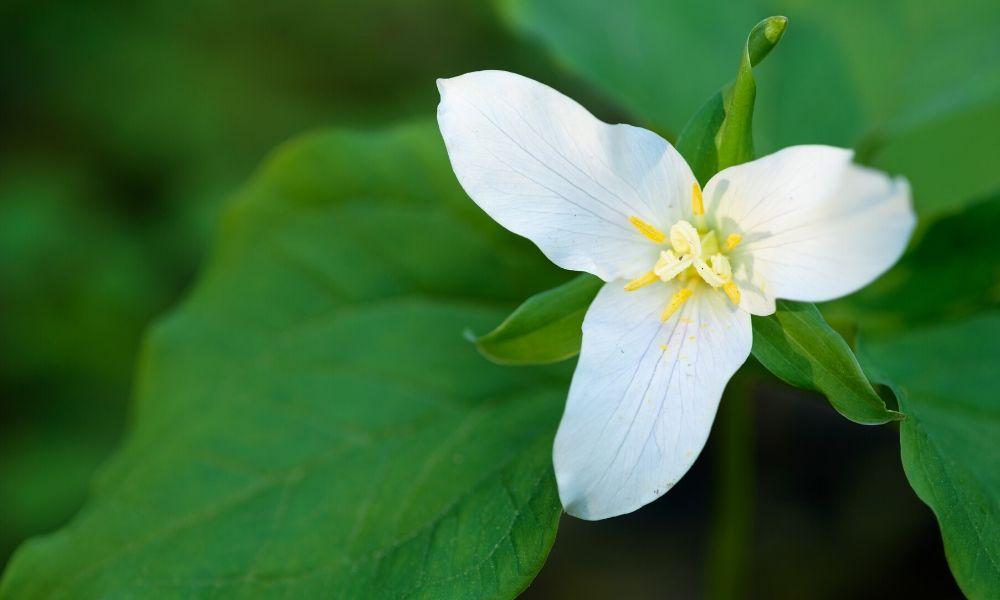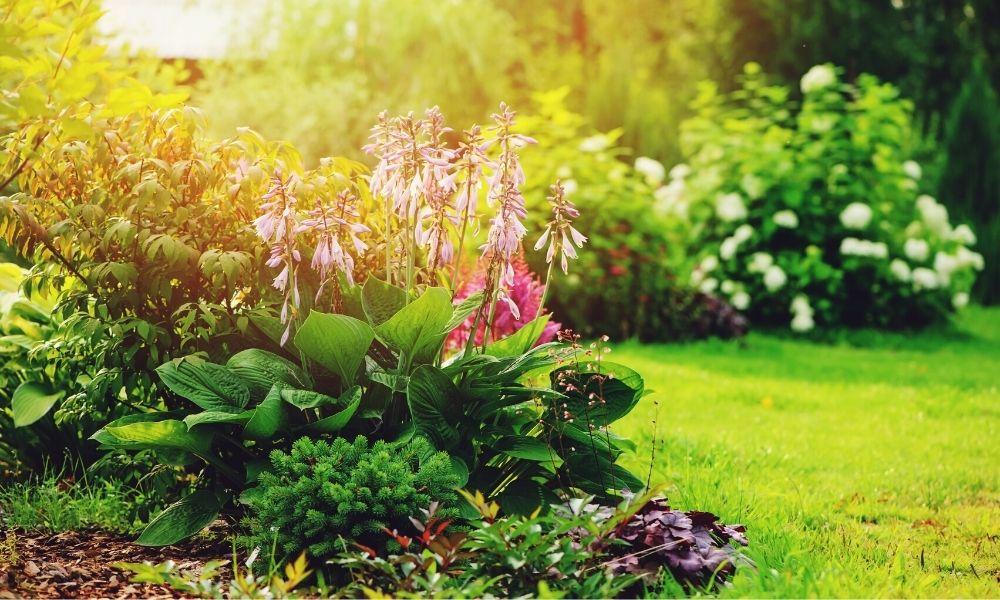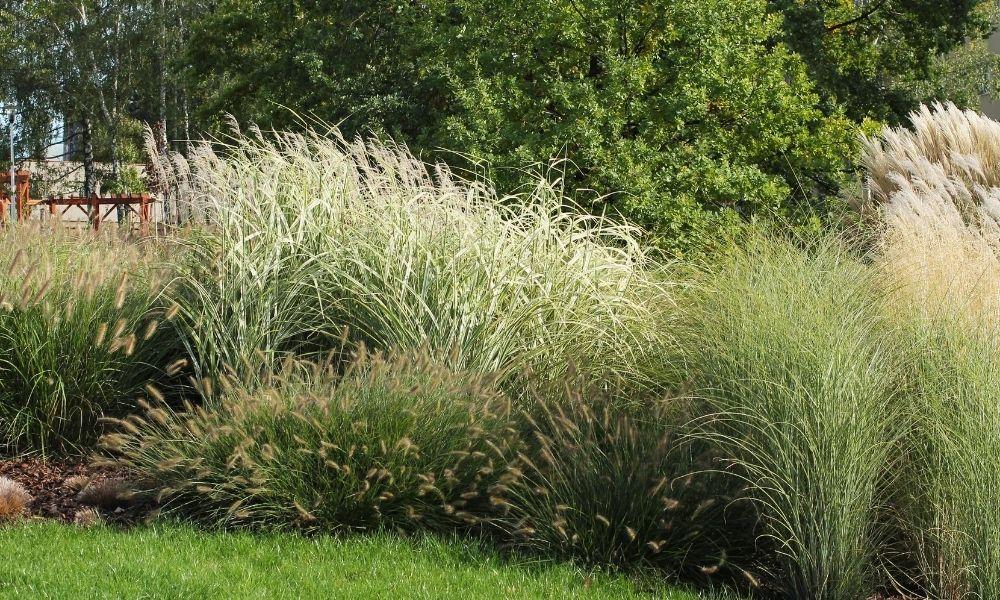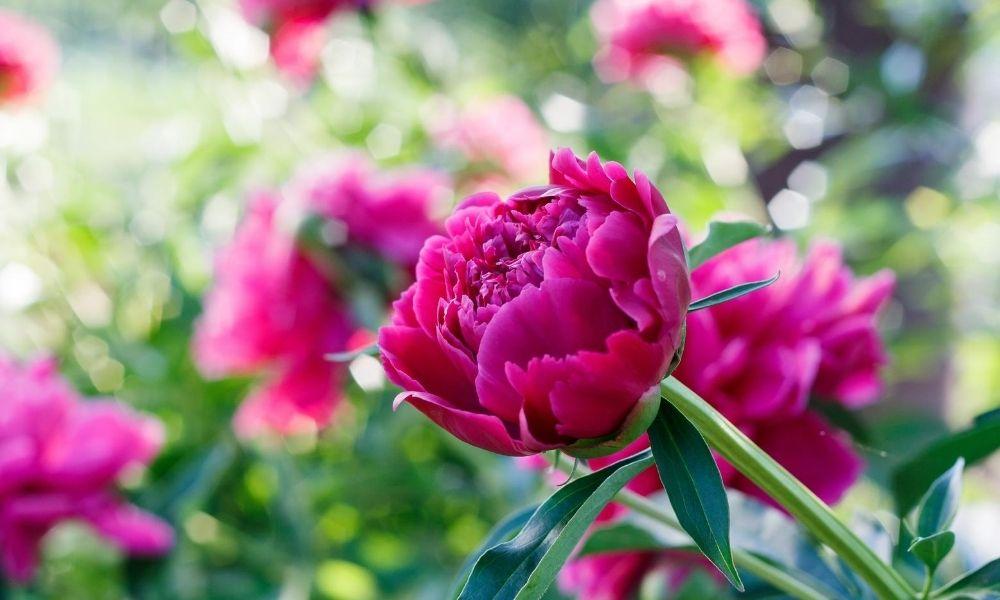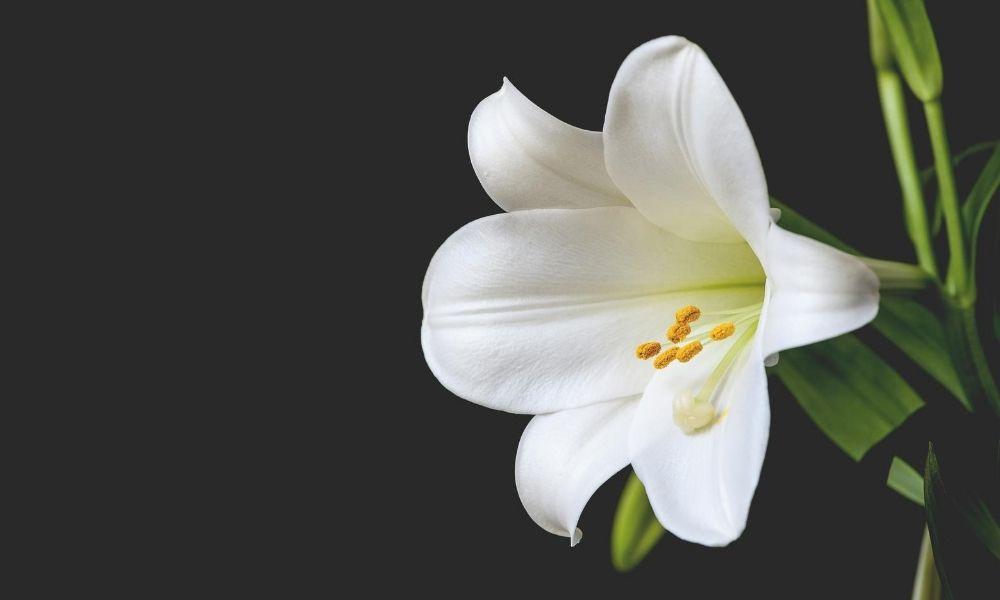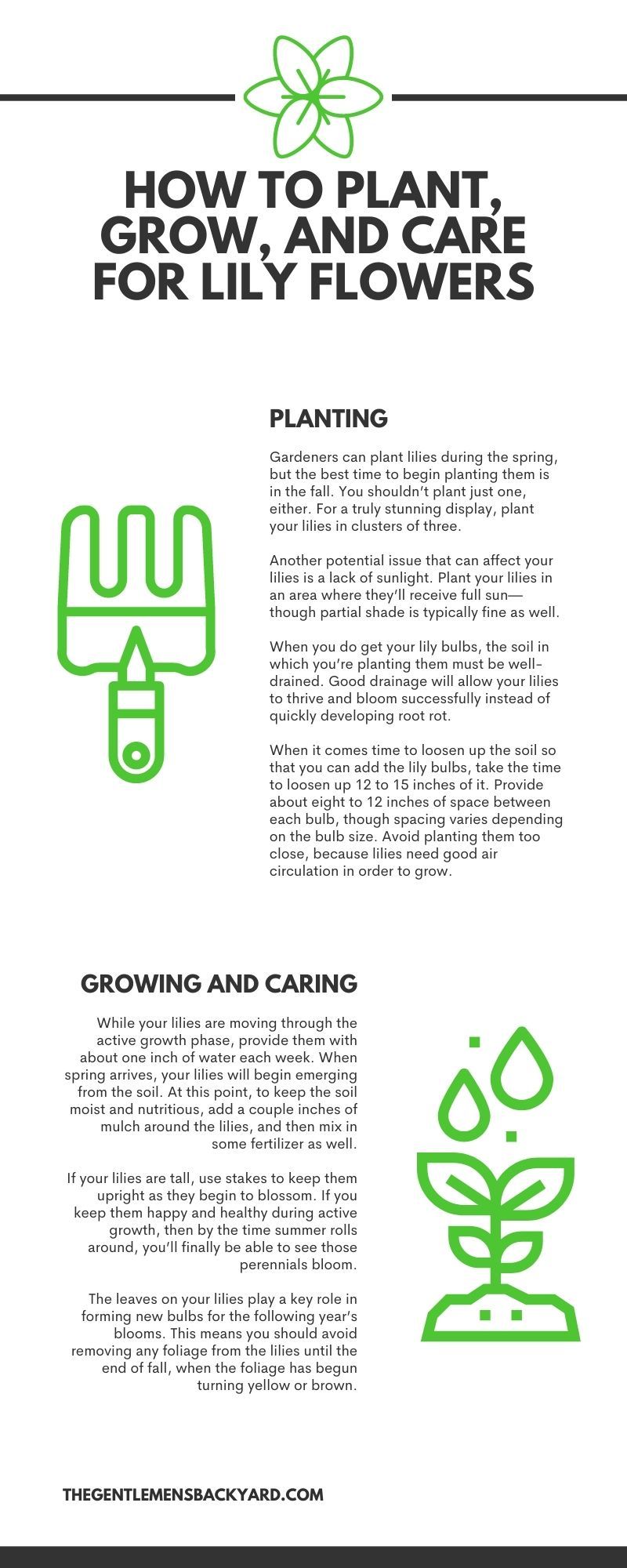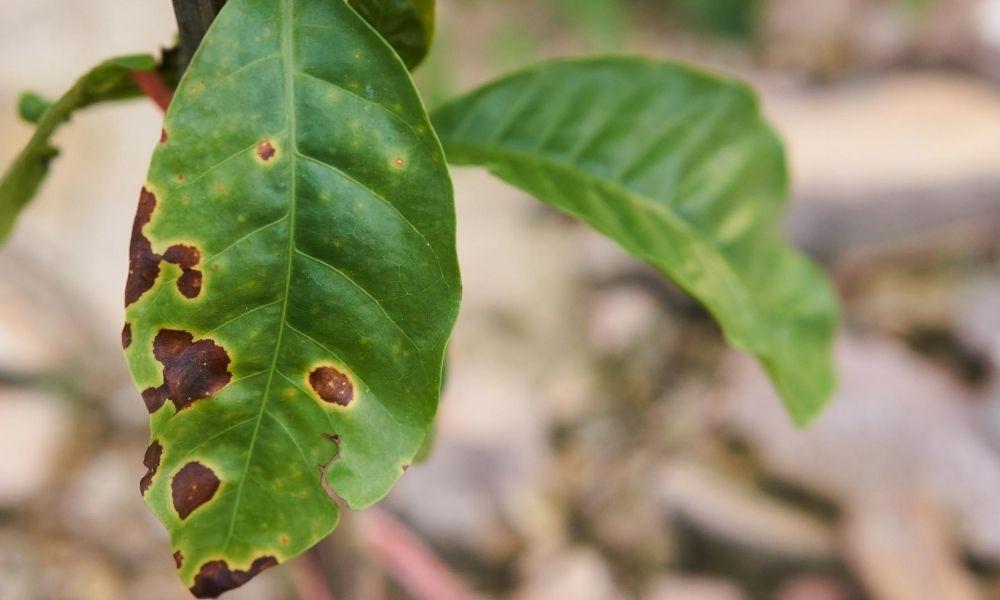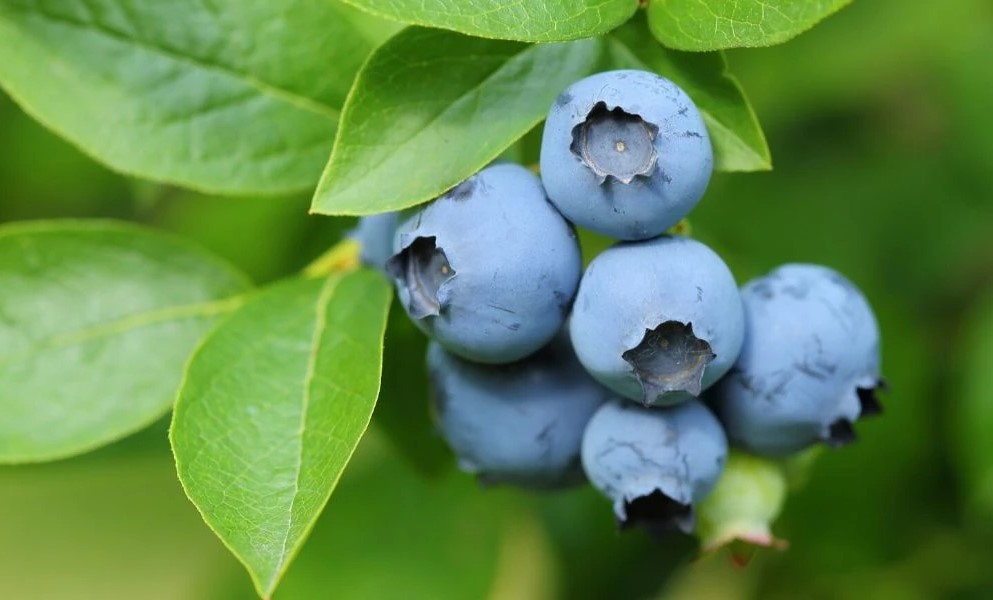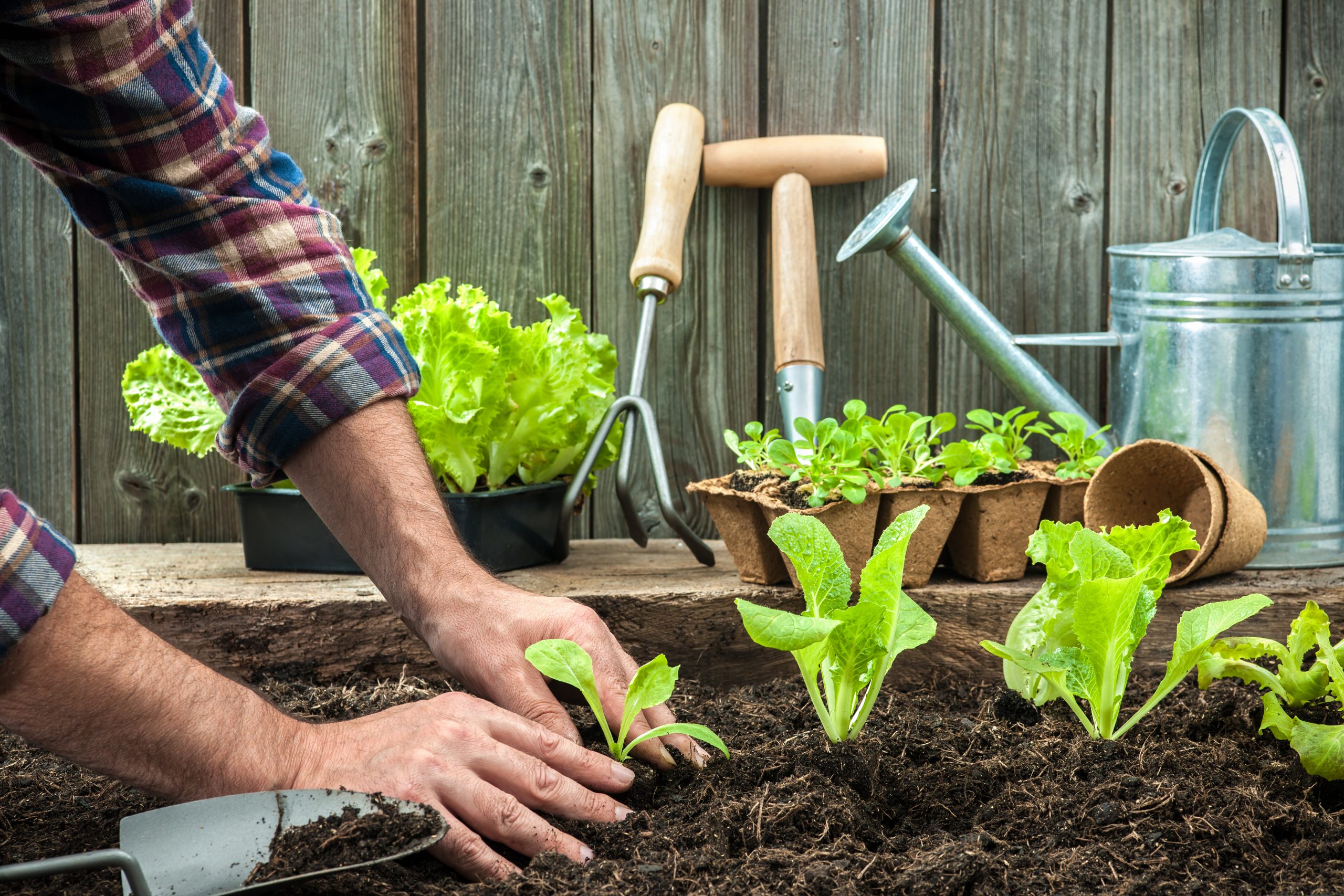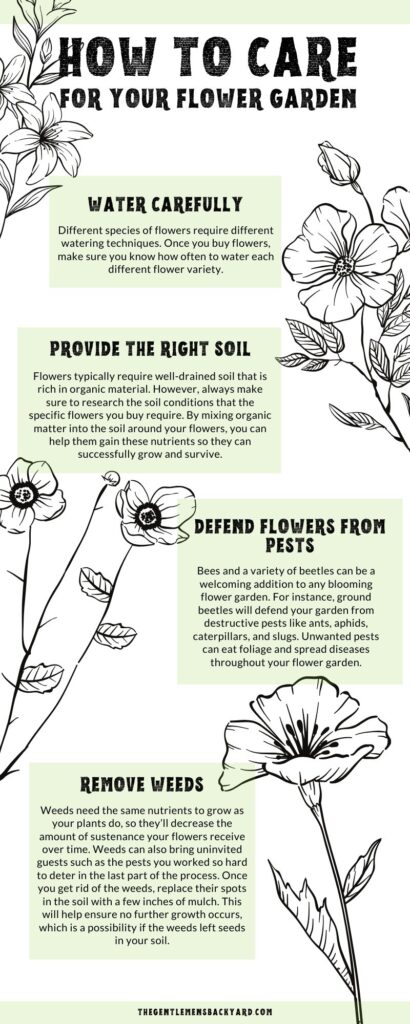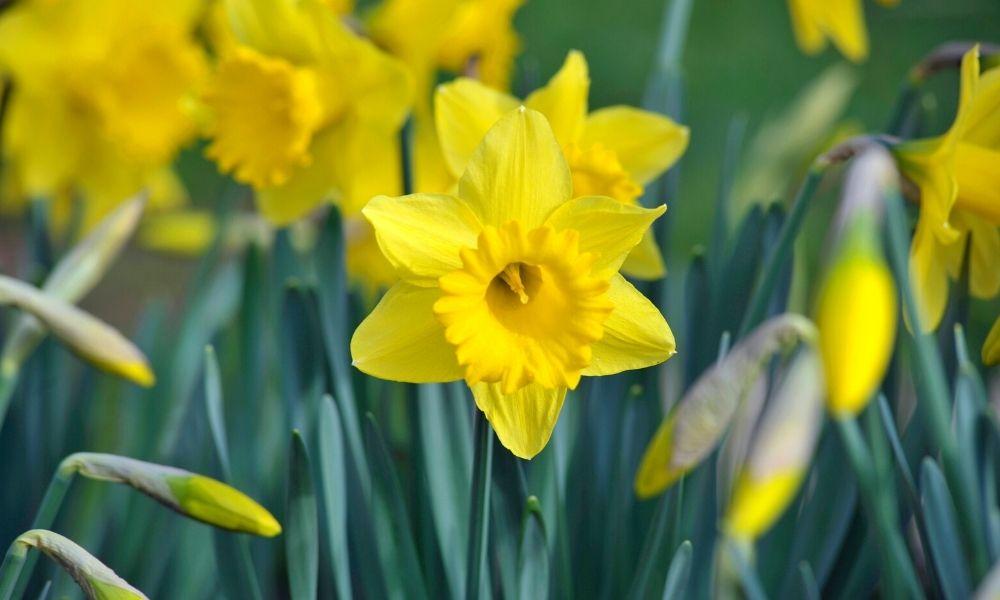Planting perennials is the perfect way to build a long-lasting, low-maintenance garden that will bring you color and interest throughout the year. Perennials come in an array of beautiful colors, heights, and blooming times, including varieties such as salvia, coneflowers, lavender, and many more. If you’re looking for some fun additions to your home garden, or if you’re planning on starting your first one, then it’s time to learn how to grow a perennial garden.
BUILD THE RIGHT BED
The first thing you need to do is measure your future garden area. Decide where you want to put your plants, then buy flowers accordingly. You don’t want to underbuy or overbuy, so by taking the right measurements, you can find the right perennials for your home. It’s always fun to add new plants each year as you find new varieties that you fall in love with. As a gardener, you will have a never-ending wish list of plants that you want to add into your garden.
FIND THE PERFECT PERENNIALS
There are two very important steps when choosing your perennials—selecting the right plants for your climate and finding the right time to plant them. Different perennials come with different requirements, such as how much sun they require, what soil type do they like, and how much water do they need. For instance, some need hours of sunlight, while perennial shade plants and flowers don’t require quite as much sun. Choosing plants with different blooming times will ensure you have a garden that will have some blooms from early spring to late summer. You can also plant non-blooming plants such as grasses, vines, small evergreen shrubs for added texture and color. Reading up on the eclectic variety of perennials available to your growing zone will ensure you have success with perennials.
SOIL-ER ALERT
The soil you choose for your garden is important to the performance of your newly planted perennials. While soil may not come to mind as being the most important aspect of gardening, it certainly is on the top of the list. It will play a major factor in the success or failure of a garden. To ensure a spectacular garden with plants that are healthy and vibrant, it is often necessary to incorporate soil amendments such as compost, peat moss, or other organic materials. This will help improve nutrient content and moisture retention in your soil. Building good soil is paramount to growing a great garden.
PLANTING PERENNIALS
Before planting, you’ll want to water the perennial to make sure the roots aren’t too brittle when planting. When you plant your perennials into your garden, it’s important to make sure the depth at which they sit in the soil is the same depth at which they sit in the pot. Make sure the width of the hole you’re placing the flowers into is slightly larger than the pot itself. Doing this will make sure the roots truly flourish as they grow.
MAINTAINING PERENNIALS
Perennials should be watered once a week for the first few weeks while they establish their root system. In fact, you should water them right after they’ve been planted. When it comes to fertilization, choose a granular fertilizer that you mix into the top of your soil when you are preparing or renovating your existing bed. If applying a water-soluble fertilizer, you can do this starting one week after transplanting. Remember to hold any fertilizer after mid-summer on your perennials and berry bushes. Fertilizing too late in the season can cause a lot of growth that is not ready for winter. Remember to mulch your newly planted garden to help retain moisture and prevent weeds from growing.
Learning how to grow perennials is very easy. Once you’ve done it and experimented with the various types of perennials, you’ll be an expert in no time. These plants, which can thrive for many years, are the perfect way to spruce up your home garden.


